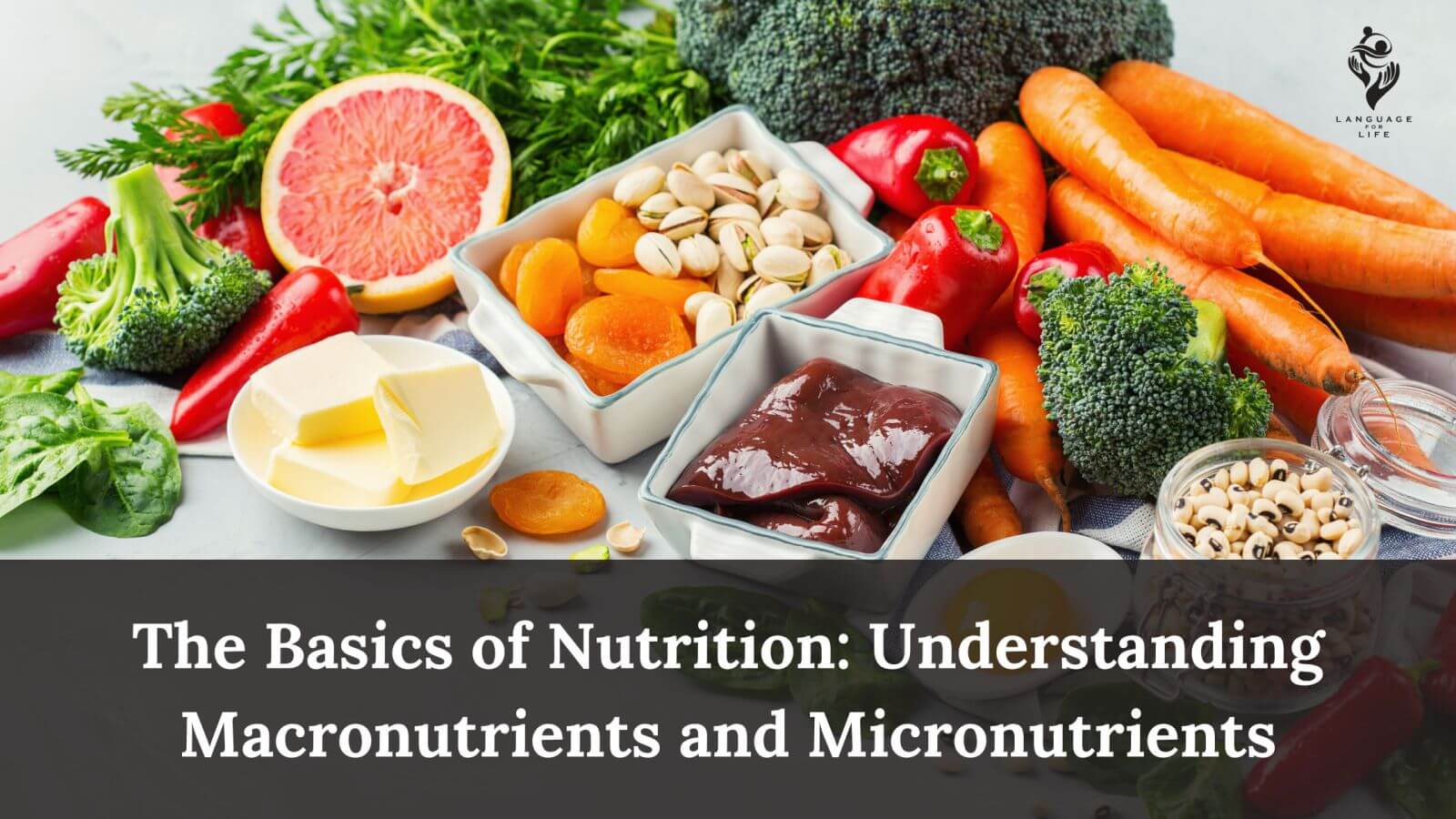Food is one of life’s greatest pleasures. It offers amazing flavors, aromas, and textures. Food also provides our body with essential nutrients. The study of nutrition, which examines how food affects the body, is essential for maintaining good health. There are two primary subcategories of nutrients found in food namely, macronutrients and micronutrients.
Micronutrients vs. macronutrients
Macronutrients are nutrients that the body needs in large quantities to function properly. They include carbohydrates, proteins, and fats.
- Carbohydrates are the primary source of energy for the body. They are found in foods such as grains, fruits, and vegetables.
- Proteins are essential for building and repairing tissues in the body. They are found in foods such as meat, fish, eggs, and dairy products.
- Fats are important for providing energy and insulation to the body. They are found in foods such as oils, nuts, and seeds.
Micronutrients are nutrients that the body needs in smaller quantities but are still essential for maintaining good health. They include vitamins and minerals.
- Vitamins are organic compounds that the body needs to function properly. They are found in foods such as fruits, vegetables, and dairy products.
- Minerals are inorganic compounds that the body needs to function properly. They are found in foods such as meat, dairy products, and vegetables.
How much do you need?
The amount of macronutrients (carbohydrates, proteins, and fats) and micronutrients (vitamins and minerals) that a person needs varies depending on their age, sex, weight, height, physical activity level, and overall health status.
The Recommended Dietary Allowances (RDAs) are a set of guidelines that provide general daily nutrient intake recommendations for healthy individuals. Here are the RDAs for adults:
Macronutrients
- Carbohydrates: 45-65% of total daily calories
- Proteins: 0.8 grams per kilogram of body weight
- Fats: 20-35% of total daily calories
Micronutrients
| Vitamin | Males aged 19–50 | Females aged 19–50 |
| Vitamin A | 900 mcg | 700 mcg |
| Vitamin E | 15 mg | 15 mg |
| Vitamin D | 600 international unitsTrusted Source (IU) | 600 IU |
| Vitamin C | 90 mg | 75 mg |
| Thiamine | 1.2 mg | 1.1 mg |
| Riboflavin | 1.3 mg | 1.1 mg |
| Niacin | 16 mg | 14 mg |
| Vitamin B-6 | 1.3 mg | 1.3 mg |
| Vitamin B-12 | 2.4 mcg | 2.4 mcg |
| Choline | 550 mg | 425 mg |
| Vitamin K | 120 mcg | 90 mcg |
| Folate | 400 mcg | 400 mcg |
| Mineral | Males aged 19–50 | Females aged 19–50 |
| Calcium | 1,000 mg | 1,000 mg |
| Iron | 8 mg | 18 mg |
| Magnesium | 400–420 mg | 310–320 mg |
| Phosphorous | 700 mg | 700 mg |
| Potassium | 4,700 mg | 4,700 mg |
| Sodium | 2,300 mg | 2,300 mg |
| Zinc | 11 mg | 8 mg |
| Copper | 900 mcg | 900 mcg |
| Manganese | 2.3 mg | 1.8 mg |
| Selenium | 55 mcg | 55 mcg |
Popular Diets
The basic premise for macronutrient diets is that, instead of counting calories, you focus on staying below a certain amount of carbohydrate, protein, and fat.
There are several popular macro diets that people follow:
- Flexible Dieting (IIFYM – If It Fits Your Macros): This diet involves tracking your daily macronutrient intake (carbohydrates, protein, and fat) and ensuring that you meet your daily requirements, while allowing for some flexibility in food choices.
- Ketogenic Diet: This is a high-fat, moderate-protein, low-carbohydrate diet that is designed to put your body into a state of ketosis, where it burns fat for fuel instead of carbohydrates.
- Paleo Diet: This diet focuses on eating whole, unprocessed foods that were available to our hunter-gatherer ancestors, including lean protein, vegetables, fruits, and nuts.
These diets may help you reach a number of health goals, such as building muscle mass, losing weight, following a healthier diet, maintaining blood sugar levels, and more.
It’s important to note that while these diets may have benefits for some individuals, they may not be suitable for everyone. It’s always a good idea to consult with a healthcare professional or a registered dietitian before starting any new diet.
How to count macros?
Once you’ve decided on the right ratios of carbs, protein, and fat for you, you’ll need to pick a target number of calories, and then convert these calories into grams. Carbs and protein both have 4 calories per gram, while fat packs in 9 calories per gram. Online calculators and apps can help you calculate these numbers and keep track of how grams of each macro you’re eating throughout the day.
Do macro diets work?
There is some evidence to suggest that macro diets can be effective for weight loss, muscle gain, and overall health improvement, as they can help people monitor and regulate their food intake.
However, the effectiveness of macro diets can vary depending on the individual and their specific goals. For example, someone looking to build muscle may require a higher protein intake than someone looking to lose weight. Additionally, adherence to the diet can also play a significant role in its effectiveness. If someone consistently exceeds their recommended macronutrient targets or does not follow the diet plan closely, they may not see the desired results.
Eat healthy
Bottom line: Get your macro and micronutrients through whole foods. Your body requires both of these types of nutrients to function, says Passerrello. A healthy, balanced diet filled with lean protein, fruits and vegetables, and whole grains can help you meet these nutrient needs and feel your best.
Credit: Medical news today

